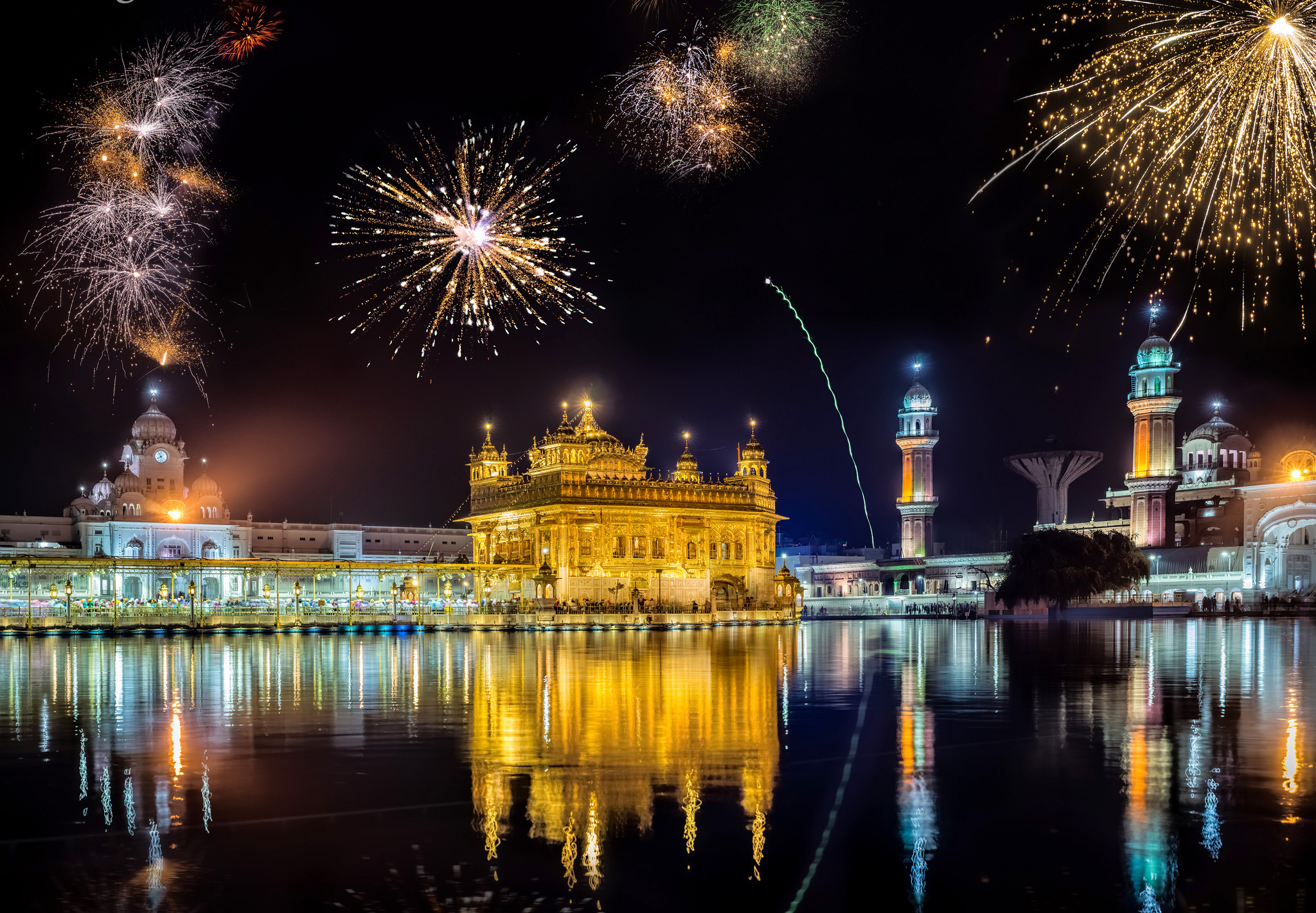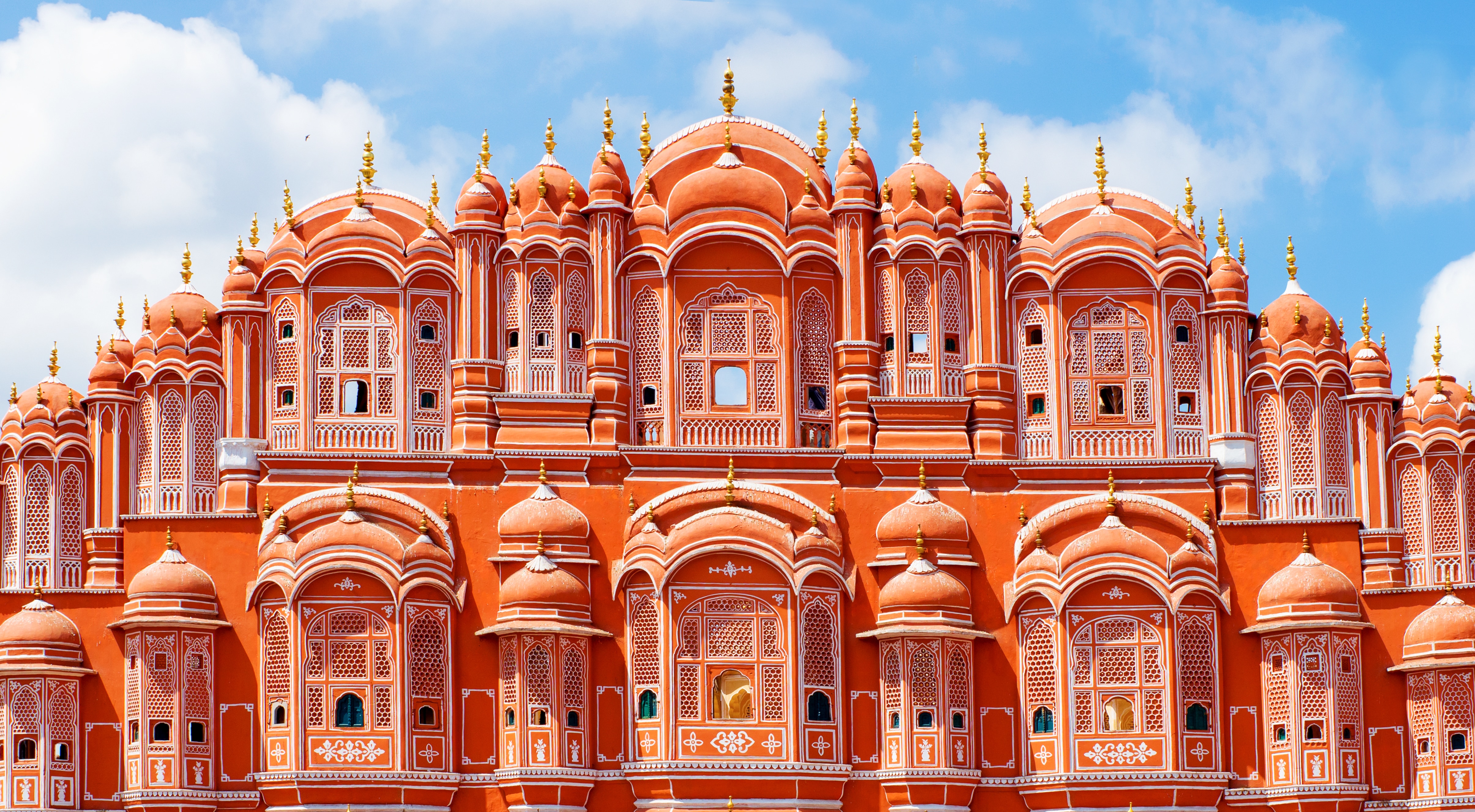Have you ever wondered about the rich history and vibrant present of India? It's a country that really captures your imagination, isn't it? Learning about India's general knowledge, or GK, can be incredibly rewarding, whether you're preparing for a quiz, a competitive exam, or just curious about this amazing part of the world. Knowing the basics helps you appreciate its unique place on our planet, so.
India is a place of incredible stories and deep roots, a land that has seen so much over time. It's a constitutional republic, too, representing a truly diverse population with thousands of different ethnic groups. Understanding its key facts offers a fascinating window into its identity, you know?
This article will help you get a better grasp of some important facts about India. We'll explore its geography, its people, and how it's governed, giving you some solid answers to common questions. It's almost like a quick tour through some essential knowledge, in a way.
Table of Contents
- Understanding India's Political Landscape
- India's Growing Population: A Global Perspective
- The Geographical Wonders of India
- A Civilization of Ancient Roots and Rich Heritage
- The World's Largest Democracy and Its Diversity
- States and Union Territories: A Closer Look
- Frequently Asked Questions About India GK
- Your Journey with India GK Continues
Understanding India's Political Landscape
India has been operating as a federal republic since 1950, which is quite a significant point in its modern history. This means that power is shared between a central government and individual state governments, giving a sense of balance. It's a system that, in some respects, allows for different regions to manage their own affairs while remaining part of a larger whole, you see.
The country is governed through a democratic parliamentary system, which is a common form of government in many places. This setup allows its citizens to elect representatives who then make decisions on their behalf. It's a way for the people's voices to be heard, more or less, and it shapes how the country runs its daily business.
This structure helps to manage a country that is incredibly varied, as a matter of fact. A democratic parliamentary system tries to ensure that different viewpoints and needs across the vast population can be represented. It's a pretty big undertaking, but it is how India has chosen to govern itself for many decades now.
India's Growing Population: A Global Perspective
India's population has certainly seen some remarkable changes over the years. Back in the day, it grew from around 361 million people, which was already a considerable number, for instance. This early growth set the stage for what we see today, indicating a steady increase in its human presence over time.
For a long time, India was known as the world's second most populous country. That was a significant fact about its global standing, showing its immense human scale. It meant that only one other nation had more people living within its borders, which is quite a statistic, you know.
However, things have shifted quite a bit recently. India is now the most populous country in the world, with an estimated population of 1.4 billion people as of 2024. This is a truly massive number, making it a very important player on the global stage simply due to its sheer size. It's a current reality that really highlights its human scale, arguably.
Earlier estimates, like those from the UN, suggested its population was expected to overtake China's in 2028. But as it turns out, that moment arrived sooner than many thought. This just goes to show how quickly things can change in terms of global demographics, doesn't it?
The Geographical Wonders of India
India is a country that occupies the greater part of South Asia, making it a dominant presence in that region. Its sheer size means it touches many different landscapes and climates. This position gives it a unique geographical character, truly setting it apart, you see.
It is, in fact, a peninsular country. This means it's mostly surrounded by water on three sides. This geographical feature is quite distinctive and plays a role in its climate and access to sea routes, offering a particular kind of connection to the wider world, so.
Specifically, India has the Indian Ocean to its south, which is a major global body of water. To the southwest, you'll find the Arabian Sea, and in the southeast, there's the Bay of Bengal. These waters define its coastline and contribute to its maritime heritage, giving it a very specific kind of border, you might say.
Up north, India is famously bordered by the Himalayas, which are some of the world's highest mountains. This natural barrier is incredibly impressive and influences everything from weather patterns to cultural isolation in certain areas. It's a truly majestic natural boundary, nearly.
In terms of its overall size, India covers a total land area of about 3,287,263 square kilometers. This makes it the 7th largest country by area in the world. So, not only is it incredibly populous, but it also has a vast amount of land, which is pretty significant, honestly.
A Civilization of Ancient Roots and Rich Heritage
India is one of the oldest civilizations in the world, which is a truly remarkable claim. This means its history stretches back thousands of years, with evidence of complex societies and cultures from very early times. It suggests a long and continuous story of human development, in a way.
This long history has given India a kaleidoscopic variety and a very rich cultural heritage. Think of it like a vibrant collection of different traditions, arts, and ways of life that have all blended and evolved over centuries. It's a place where you can find so many different expressions of human creativity and belief, really.
The country's past has left behind an incredible array of historical sites, ancient practices, and diverse languages. This heritage is not just something to read about in books; it's often a living part of daily life for many people. It's a pretty amazing legacy, actually, that shapes the present.
This deep historical foundation contributes a lot to India's unique identity on the world stage. It's a place where the old and the new often exist side by side, creating a very special atmosphere. This ancient background makes every bit of general knowledge about India feel a bit more meaningful, too it's almost.
The World's Largest Democracy and Its Diversity
India holds the title of the world's largest democracy, which is a very important aspect of its national character. This means that more people participate in its democratic processes than in any other country on Earth. It's a huge commitment to the idea of popular rule, wouldn't you say?
This immense democracy also comes with a very diverse population, geography, and climate. Imagine a country where you can find everything from snow-capped mountains to hot deserts, and from bustling cities to quiet villages. This geographical variety, as a matter of fact, is truly something to behold.
The diversity extends to its people, too, with thousands of ethnic groups and hundreds of languages spoken across the land. This makes for a rich cultural mix, but it also presents unique challenges for governance and unity. It's a constant balancing act, apparently, to bring all these different elements together.
This combination of being the largest democracy and having such incredible diversity makes India a truly fascinating case study. It shows how a vast number of people with different backgrounds can come together under one political system. It's a powerful example of how people can organize themselves, pretty much.
States and Union Territories: A Closer Look
To manage its vast area and diverse population, India is subdivided into distinct administrative units. The country is currently made up of 29 states and seven union territories. These divisions help in the governance and administration of different regions, allowing for more localized management, you know?
Each state has its own elected government, which manages many aspects of daily life for its residents. This reflects the federal nature of India's republic, where power is decentralized. It allows for regional needs and cultural differences to be addressed more directly, typically.
The union territories, on the other hand, are governed directly by the central government. They often have unique characteristics or strategic importance that warrant this direct oversight. This dual system of states and union territories helps to ensure that all parts of the country are properly administered, basically.
Understanding this administrative structure is key to grasping how India functions as a nation. It shows how a country of its size and complexity organizes itself to provide services and maintain order for its massive population. It's a practical way, you could say, of handling such a big place.
Frequently Asked Questions About India GK
How has India's population changed over time?
India's population has grown significantly since it was around 361 million. It was long considered the world's second most populous country. However, as of 2024, India is now the most populous country globally, with an estimated 1.4 billion people. This marks a major shift from earlier predictions that it would overtake China in 2028, showing a faster growth rate than anticipated, you see.
What kind of government does India have?
India operates as a federal republic and has done so since 1950. It is governed through a democratic parliamentary system. This means that power is shared between a central government and state governments, and citizens elect representatives to make decisions on their behalf. It's a system that aims to represent its very diverse population, so.
Where is India located geographically?
India occupies the greater part of South Asia and is a peninsular country. It has the Indian Ocean to its south, the Arabian Sea in the southwest, and the Bay of Bengal in the southeast. To the north, it is bordered by the Himalayas. Its total land area is about 3,287,263 square kilometers, making it the 7th largest country by area in the world, in a way.
Your Journey with India GK Continues
Exploring general knowledge about India truly offers a window into a remarkable country. From its ancient past to its current status as the world's most populous nation and largest democracy, there's so much to discover. Each fact, whether about its geography or its system of government, adds another piece to a truly grand picture, you know?
We've touched upon some key aspects of India's identity, like its peninsular shape and its incredible cultural variety. This information, we hope, gives you a solid foundation for understanding this fascinating land. It's a place with a rich heritage and a very dynamic present, after all.
Keep your curiosity alive and continue to explore more about India. There are countless more details and stories waiting for you to uncover. Perhaps you could look into the different cultures within its states, or learn more about its historical milestones. For a broader understanding of global facts, you can learn more about India's country profile on other sites.
Ready to test your knowledge further? Learn more about general knowledge on our site, and perhaps you'd like to explore this page for more in-depth historical facts.



